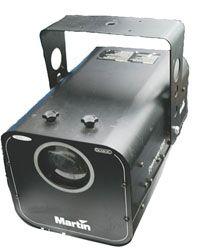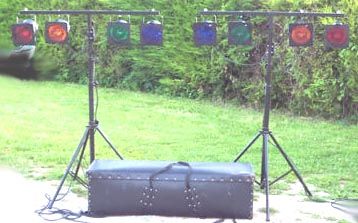The best design is to have the sides top and bottom all different lengths, the maximum bass frequency of box enclosure can reproduce is across the diagonals from one corner to corner, for this is the longest distance each length inside the box has its own frequency, so lots of different frequencies is very cool for a nice harmonic sound . This is why the square box design is a very bad design because all the sides are the same size producing one single frequency which is amplified much greater than all of the other frequencies, if you were to play the piano through a square box speaker, and goes down the scales you would find that one of the notes will be amplified much more than the other notes. A good quarter design is to have a flat frequency response across its frequency ranges.
If you get crystal glass and flick it with your finger it will make a sound, this sound is the restaurant frequency of the glass. In the same way the box has its own restaurant frequency, and the speaker has its own resonant frequency, it is not good to have the box restaurant frequency and the speakers restaurant frequency the same. If you’re building a bass speaker, then the box restaurant frequency should be lower than speaker frequency. This will give a better bass speaker role off. If you wish to make your box slightly smaller you can reduce it by 20% and fill the box with rock wool. The rock wool will slow the air down by 20% give in back of the box its original restaurant frequency. If the size of your box is slightly too large, then you’ll get a booming sound and a discoloration of the sound produced by the box. This is OK for boy racer car systems. If the enclosure is slightly too small you’ll get a tighter bass response and be able to drive the speaker much harder from your amplifying system but to you’ll lose overall output. A good horn design should give a round of three decibels of gain. Some Common designs of horn enclosures are the folded horns, w bins, scoop bins and altecs. The design of the horn is very critical to the sound it produces for mid range speaker. A true exponential curve shape is needed to reproduce clean sound. For a bass application, the design of the horn should the hyperbolic, this stops the bass from rolling of so sharply. A Ported speakers also known as the Dutch port. This is where the port puts the sound 180° out of faze, it gets the sound from the back of the speaker which is 180° out of faze to the front of the speaker. This cancels out the faze bringing the sound back in faze again at the front of the speaker cabinet with the driver amplifying the two sounds.












 Would you like to be successful in any walk of life? Do you want to fastrack your broadcasting career to the top? Do you dream of becoming a professional successful deejay Do you want to know more.
Through 20 years of my experience as a leading international working in clubs, I will share with YOU my shock jock and music business secrets that will help you become more successful with your music and caree
How to select the best music and how to develop your individual style, sound and collection
How to select your hardware and set up your pancake turning console & equipment for optimal performance
How to read and connect with your crowd
How to use your senses and body posture
How to understand the different types of sets and how to program your music for maximum impact Voted the No.1 by DJing Magazine
Would you like to be successful in any walk of life? Do you want to fastrack your broadcasting career to the top? Do you dream of becoming a professional successful deejay Do you want to know more.
Through 20 years of my experience as a leading international working in clubs, I will share with YOU my shock jock and music business secrets that will help you become more successful with your music and caree
How to select the best music and how to develop your individual style, sound and collection
How to select your hardware and set up your pancake turning console & equipment for optimal performance
How to read and connect with your crowd
How to use your senses and body posture
How to understand the different types of sets and how to program your music for maximum impact Voted the No.1 by DJing Magazine 









No comments:
Post a Comment